The NVIDIA RTX A4500 is a GPU that we first covered in 2021 in NVIDIA RTX A4500 20GB GPU. At the time, this GPU was launched with little fanfare, and so we wanted just to take a moment and do a mini-review for the card. This is a mid-range NVIDIA professional GPU that would have been a NVIDIA Quadro in previous generations before that branding was retired. We just wanted to say thank you to PNY for allowing us to borrow this card. NVIDIA makes the GPU itself, but some of the photos are tagged PNY since the company is a primary distribution partner for NVIDIA’s professional GPUs. With that, let us get to the review.
NVIDIA RTX A4500 20GB GPU Hardware
The GPU itself is a double-width card. It also features an active fan. Some of the other GPUs we have seen, such as the NVIDIA A40 do not include a fan and require active chassis cooling. That makes this solution easier to integrate into workstations.
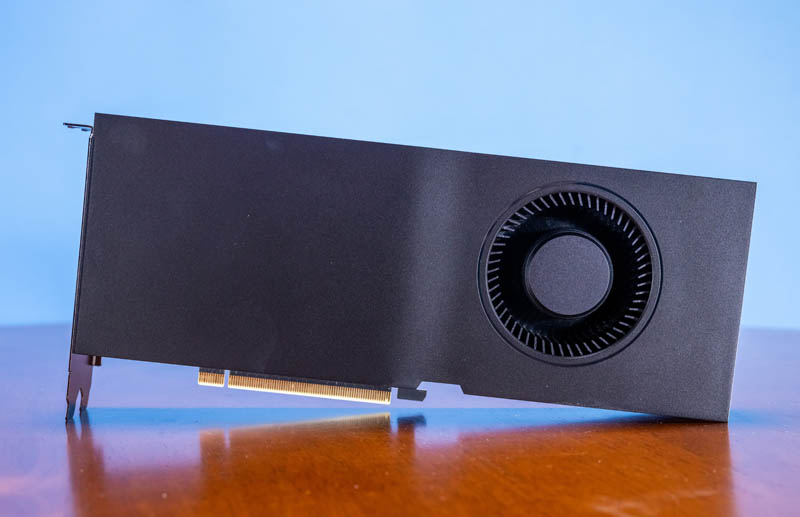
The card itself has 7168 Ampere-generation CUDA cores along with 20GB of ECC GDDR6 memory.
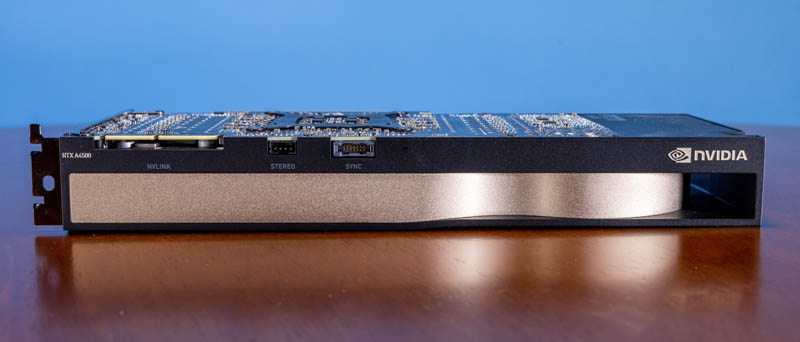
On the edge of the RTX A4500 there is a NVLink connector. NVIDIA also includes connectors for its stereo and NVIDIA Quadro Sync II ports for multi-GPU applications. The stereo and sync ports are typically not found on GeForce GPUs.
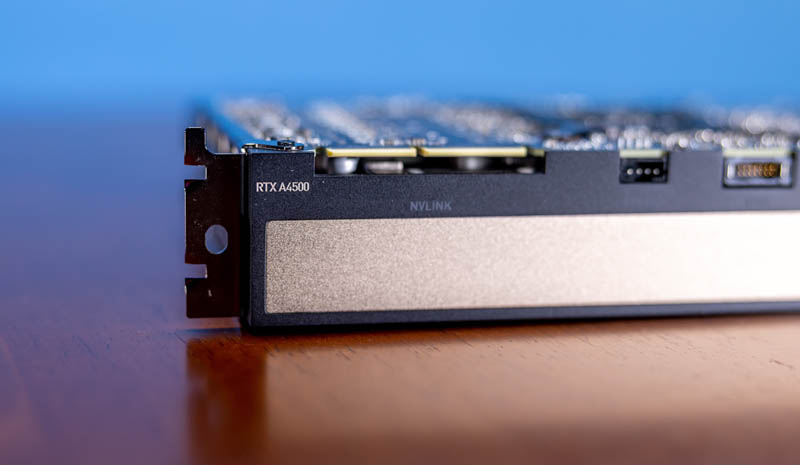
On the edge with the NVIDIA logo, there is an 8-pin power connector. Some of the higher-end professional GPUs use the data center GPU connector, but this still uses the consumer connector making it easily compatible with a range of power supplies.
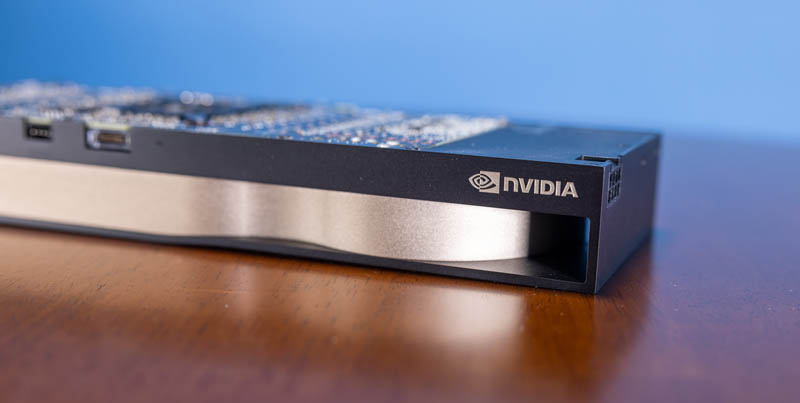
The back of the card is mostly exposed. This is an area where we wish that NVIDIA made a solid backplate. These are costly enough cards where a backplate to protect the card is a small cost for the protection it provides. It also makes the card look more aesthetically pleasing.
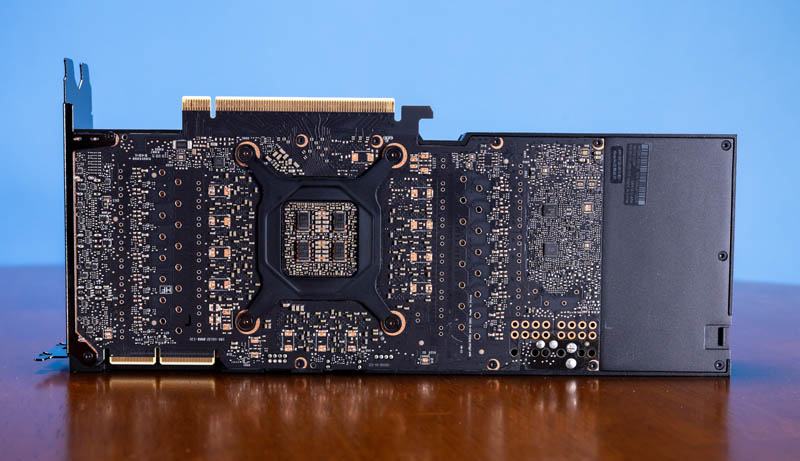
On the I/O side of the card, there are four DisplayPort 1.4a ports.
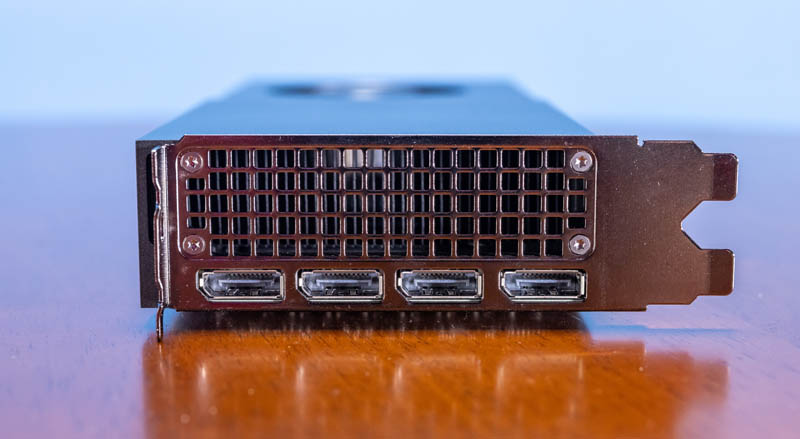
Here is the PCIe Gen4 x16 connector.
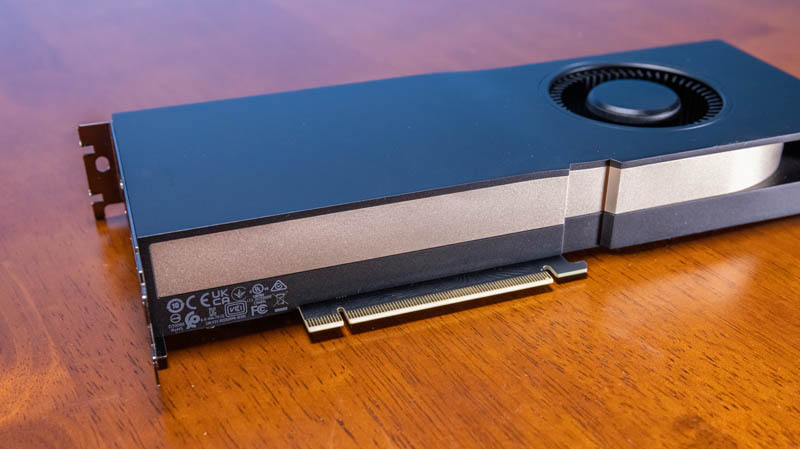
If you need a HDMI port, there is a DisplayPort to HDMI port connector in the box.
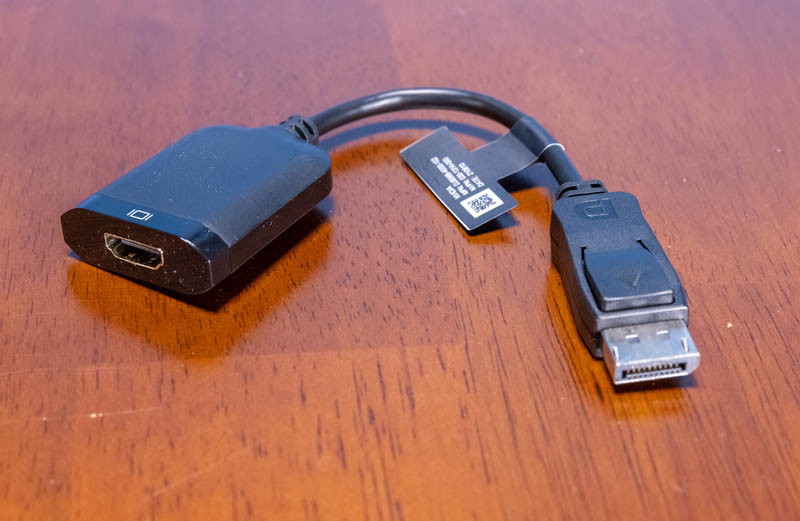
Next, let us get to the specs and performance of the card.

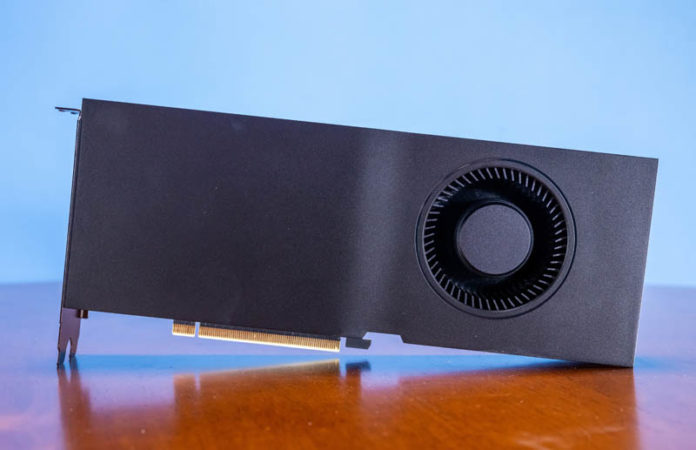



This is the configuration 3080 Ti should have been.
Thank God. Ai performance
So what’s the market for the RTX A5000? Realistically, and more importantly when it comes to price to performance, the A5500 makes more sense it’s got loads more CUDA cores and cost less than half an A6000 with 24GB of VRAM.
Any reason Specviewperf benchmarks weren’t done like in previous RTX reviews?
Thanks STH for ML benches